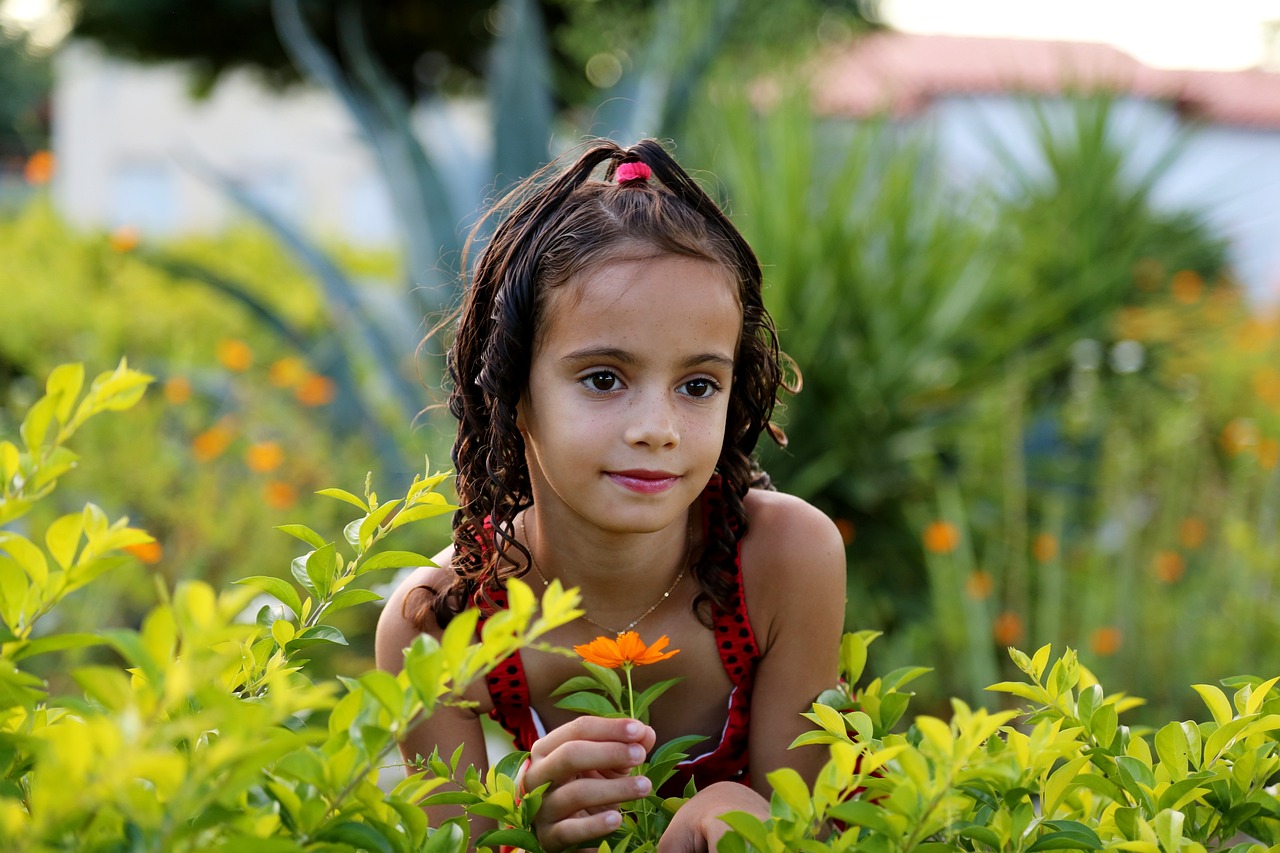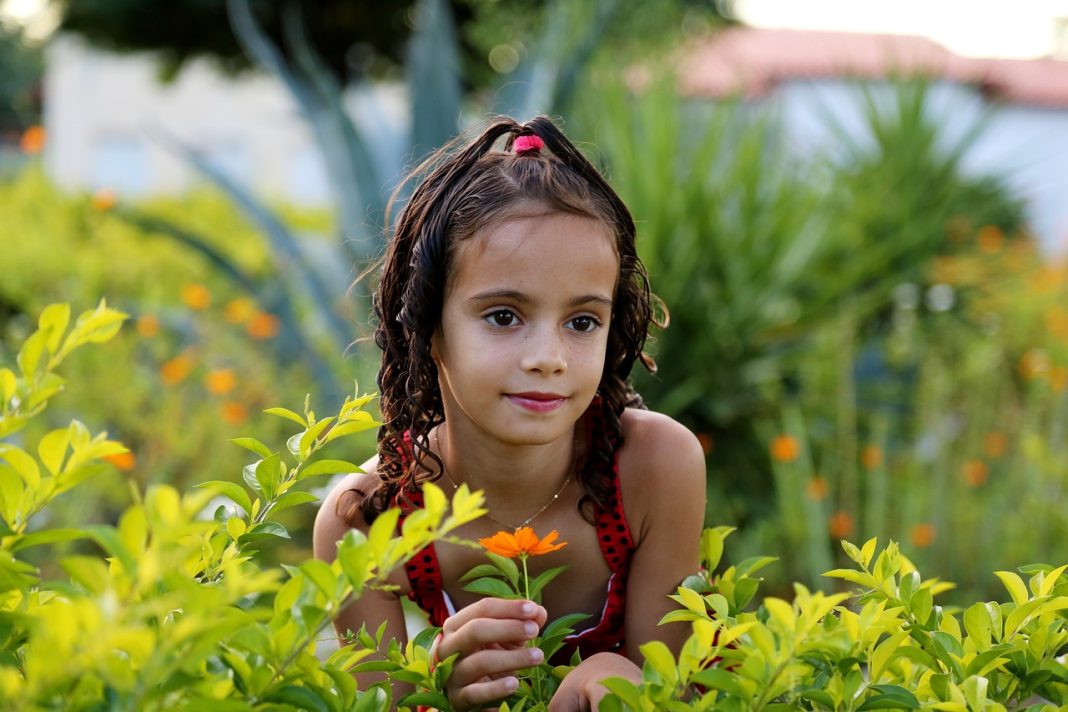
Urinary disorders in children are a common occurrence and can be a source of concern for parents and caregivers. These conditions can range from simple infections to more complex structural abnormalities that require long-term management. Effective management of childhood urinary disorders requires a comprehensive approach that involves a thorough evaluation, appropriate diagnosis, and individualized treatment plans. In this article, we will explore the various aspects of childhood urinary disorder management, including common conditions, diagnostic approaches, and treatment options. Our goal is to provide a comprehensive overview of this important topic, with the aim of helping parents and caregivers better understand and manage the urinary health of their children.
1. Understanding Childhood Urinary Disorders: Types and Symptoms
Childhood urinary disorders are common among children and can be caused by a variety of factors. It is important for parents and caregivers to understand the different types of urinary disorders and their symptoms so that they can seek appropriate medical attention for their child.
One type of childhood urinary disorder is urinary tract infections (UTIs). UTIs occur when bacteria enter the urinary tract and cause an infection. Symptoms of UTIs in children may include frequent urination, painful urination, and a strong urge to urinate. Other types of childhood urinary disorders include bedwetting, urinary incontinence, and vesicoureteral reflux (VUR). Bedwetting is when a child involuntarily urinates during sleep, while urinary incontinence is the involuntary leakage of urine. VUR is a condition where urine flows back up from the bladder into the kidneys, which can lead to kidney damage if left untreated.
It is important for parents and caregivers to be aware of the symptoms of childhood urinary disorders and to seek medical attention if they suspect their child may be experiencing any of these conditions. Early diagnosis and treatment can help prevent complications and improve the child’s quality of life.
2. Diagnosis and Treatment Options for Childhood Urinary Disorders
Urinary disorders are common in children and can cause a range of symptoms, including pain during urination, frequent urination, bedwetting, and urinary tract infections. If your child is experiencing any of these symptoms, it’s important to seek medical attention to determine the underlying cause of the problem. Here are some of the diagnostic tests that may be performed:
- Urinalysis: This test examines a sample of your child’s urine for signs of infection or other abnormalities.
- Ultrasound: An ultrasound can help identify any structural abnormalities in the urinary tract.
- Cystoscopy: This procedure involves inserting a small camera into the bladder to examine it for any abnormalities.
Once a diagnosis has been made, treatment options will depend on the specific condition your child is experiencing. For example, urinary tract infections are typically treated with antibiotics, while bedwetting may be treated with behavioral therapy or medication. Here are some of the treatment options that may be recommended:
- Antibiotics: These medications are used to treat bacterial infections in the urinary tract.
- Behavioral therapy: This approach may be used to treat bedwetting by helping your child develop good bathroom habits.
- Medication: Certain medications can help reduce symptoms of urinary disorders, such as overactive bladder.
- Surgery: In some cases, surgery may be needed to correct structural abnormalities in the urinary tract.
3. Managing Childhood Urinary Disorders: Tips for Parents and Caregivers
Urinary disorders in children can be a source of concern and discomfort for both parents and caregivers. Here are some tips to help manage childhood urinary disorders:
1. Encourage proper hydration: Ensure that your child drinks plenty of fluids throughout the day, especially water. This can help prevent urinary tract infections and other urinary disorders.
2. Promote good hygiene: Teach your child to wipe from front to back after using the toilet to prevent bacteria from entering the urinary tract. Also, make sure your child washes their hands regularly to prevent the spread of germs.
3. Schedule regular bathroom breaks: Encourage your child to use the bathroom regularly and not to hold in urine for long periods. This can help prevent urinary tract infections and other urinary disorders.
4. Monitor your child’s diet: Certain foods and drinks, such as caffeine and acidic foods, can irritate the bladder and worsen urinary disorders. Keep track of your child’s diet and avoid these triggers as much as possible.
5. Consult a healthcare provider: If your child experiences recurrent urinary disorders or symptoms that do not improve with home remedies, consult a healthcare provider. They can provide a proper diagnosis and recommend appropriate treatment options.
By following these tips, parents and caregivers can help manage childhood urinary disorders and improve their child’s overall health and well-being. In conclusion, managing childhood urinary disorders requires a multidisciplinary approach that involves healthcare professionals, parents, and children. Early diagnosis and prompt treatment are crucial in preventing complications and improving outcomes. It is important to understand that each child’s condition is unique, and treatment plans should be tailored to meet their specific needs. With proper management, children with urinary disorders can lead healthy and fulfilling lives. We encourage parents to seek medical attention if they suspect their child is experiencing urinary symptoms, and to work closely with their healthcare team to ensure the best possible outcome.








